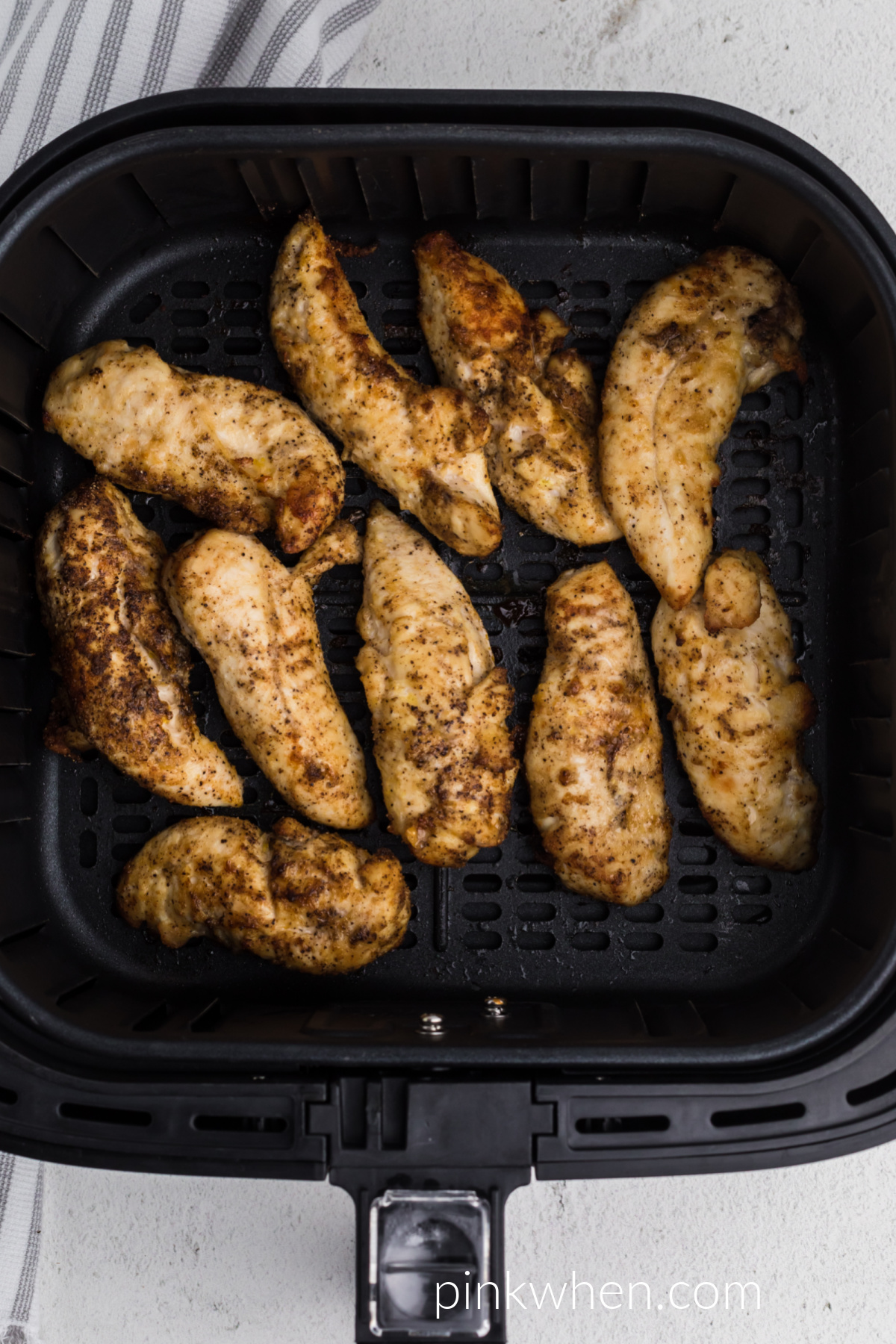
Top 5 Effective Ways to Cook Fennel for a Flavorful Experience
Fennel is a unique and versatile vegetable that often flies under the radar in the culinary world. Known for its licorice-like flavor, fennel can elevate a variety of dishes and add a delightful crunch when used raw. With its multitude of health benefits and nutritional value, it's no wonder why many home cooks are exploring how to cook fennel in exciting new ways. From roasted fennel to refreshing fennel salads, this article outlines the top five effective cooking methods to incorporate fennel into your meals in 2025.
Mastering these cooking techniques will not only enhance the flavor profile of your dishes but also allow you to experience the wholesome goodness of fennel. So, let’s dive into the best practices for cooking this underappreciated vegetable!
Essential Techniques for Cooking Fennel
Before we delve into specific recipes, understanding the basic preparation methods for fennel is crucial. Fennel preparation can influence both its flavor and texture in cooked dishes.
1. How to Slice Fennel Properly
When cooking with fennel, the way you slice the bulb can make a significant difference. Start by cleaning the fennel bulb thoroughly to remove any dirt. Then, place the bulb upright on a cutting board. Use a sharp knife to slice off the feathery fronds at the top and the tough base at the bottom. Next, cut the bulb in half lengthwise, and then slice each half into thin slices. This cutting technique helps the fennel cook evenly, maximizing its flavor and making it perfect for any dish.
2. Cleaning and Storing Fennel
Cleaning fennel is simple. Rinse it under cold water and use a vegetable brush to scrub the outside gently. It's best to store fresh fennel in the fridge wrapped in a damp paper towel. This ensures it stays crisp for up to a week. Proper storage prevents the bulb from wilting and losing its distinct flavor.
3. Cooking Time for Fennel
The cooking time for fennel varies depending on the method used. Sautéed fennel typically takes about 8-10 minutes on medium heat, while roasted fennel can take up to 30-40 minutes at 400°F (200°C). The goal is to achieve a tender texture while retaining some crunch. Knowing the right cooking time ensures you won't overcook this delicate vegetable, thus preserving its nutritional benefits and flavor.
4. Best Fennel Flavor Pairings
Fennel pairs beautifully with many flavors, including apple, citrus, garlic, and cheese. When creating fennel dishes, consider these pairings to enhance the overall taste. Herbs like thyme, dill, and parsley complement the fennel flavor profile, adding aromatic depth.
5. Techniques for Braising Fennel
Braising is one of the most flavorful ways to prepare fennel. Start by slicing the fennel bulb and then cooking it in a mixture of broth or wine and herbs until tender. This method empowers the fennel to absorb flavors and results in a comforting dish that is perfect served alongside chicken or fish.
Delicious Fennel Recipes to Try
Now that you have mastered the basic techniques for fennel preparation, it’s time to put them into practice with some delicious recipes!
1. Roasted Fennel with Parmesan
This roasted fennel dish is sure to impress! Start by slicing the fennel bulb and tossing it with olive oil, salt, and pepper. Arrange on a baking sheet and roast until golden. Just before serving, sprinkle with parmesan cheese for a savory finish. The roasting process enhances the natural sugars in fennel, resulting in a sweet, caramelized flavor.
2. Refreshing Fennel and Apple Salad
This quick salad is a delightful balance of crisp fennel and sweet apple slices. Combine thinly sliced fennel with fresh apple slices, arugula, and a citrus vinaigrette. This salad not only provides a fresh crunch but also showcases fennel’s versatility as a garnish.
3. Sautéed Fennel with Vegetables
To create a comforting side dish, sauté fennel with seasonal vegetables like bell peppers and zucchini. Use a bit of garlic and fresh herbs to enhance the flavors. This dish pairs wonderfully with grilled proteins, making it a fantastic addition to weeknight dinners.
4. Fennel in Soup
Incorporating fennel into soup is a great way to enjoy its flavor. Try a creamy fennel and potato soup by sautéing fennel and onions before adding potatoes and broth. Blend until smooth and add a splash of cream for richness. This comforting dish is perfect for chilly evenings!
5. Grilled Fennel with Fish
Grilling fennel is another option that brings out its natural sweetness. Slice fennel bulbs into wedges, brush with olive oil, and grill until tender. Serve alongside fish for a great complement—fennel’s licorice notes enhance the meal and offer an exciting flavor experience.
Fennel's Health Benefits
Aside from its culinary delights, fennel boasts numerous health benefits. It is rich in dietary fiber, supporting digestive health and contributing to a balanced diet. Fennel contains essential vitamins and antioxidants, which can help combat free radicals in the body. Additionally, fennel is known to have anti-inflammatory properties, making it beneficial for various health concerns.
1. Nutritional Value of Fennel
A serving of fennel is low in calories yet packed with vitamins. It contains Vitamin C, which supports immune health, and potassium, which helps regulate blood pressure. Also, the fiber content can contribute to feelings of fullness, making fennel an excellent addition for those pursuing healthy eating.
2. Fennel for Digestive Health
Fennel has been traditionally used to alleviate digestive discomfort. It can help reduce bloating and gas, thanks to its ability to relax gastrointestinal muscles. Including fennel in meals can not only enhance flavor but also promote gut health.
3. Culinary Applications of Fennel
The versatility of fennel makes it a valuable ingredient across various cuisines, from Mediterranean to Indian dishes. Chefs often incorporate fennel into sauces, salads, and marinades. Experimenting with fennel opens the door to countless culinary innovations in the kitchen.

Common Mistakes to Avoid When Cooking Fennel
Even the best cooks can make common mistakes when it comes to cooking fennel. Understanding these pitfalls can help you execute delicious fennel recipes successfully.
1. Overcooking Fennel
The most common mistake is overcooking fennel, which can lead to a mushy texture and loss of flavor. Always keep an eye on your fennel while it’s cooking, ensuring it remains tender-crisp for the best results.
2. Neglecting Flavor Pairings
Not considering flavor pairings can also limit the potential of fennel dishes. Experiment with different herbs and spices to find combinations that complement the natural sweetness of fennel.
3. Leaving Out the Fronds
Many chefs overlook fennel fronds, which can be used as a garnish or incorporated into salads for added flavor and texture. Don’t waste this flavorful part of the plant; use it to enhance your dishes.
Q&A Section
Q1: Can you eat fennel raw?
A: Yes! Raw fennel is crunchy and has a refreshing flavor, perfect for salads or as a snack. Try incorporating it into your raw dishes to enjoy its crisp texture.
Q2: What herbs go well with fennel?
A: Fennel pairs well with various herbs, including dill, thyme, parsley, and basil. Experiment with these herbs to find your favorite flavor combinations.
Q3: Is fennel good for weight loss?
A: Yes! Fennel is low in calories and high in dietary fiber, making it a great choice for those looking to maintain or lose weight. Incorporating fennel into your meals can help keep you satisfied without adding excessive calories.
Q4: How can I store leftover cooked fennel?
A: Store any leftover cooked fennel in an airtight container in the fridge. It can be reheated in the microwave or added to dishes for added flavor over the next few days.
Q5: What is the best way to use fennel seeds?
A: Fennel seeds can be used as a spice in various dishes, such as soups and stews. They can also be toasted for enhanced flavor or steeped in hot water for a calming tea.